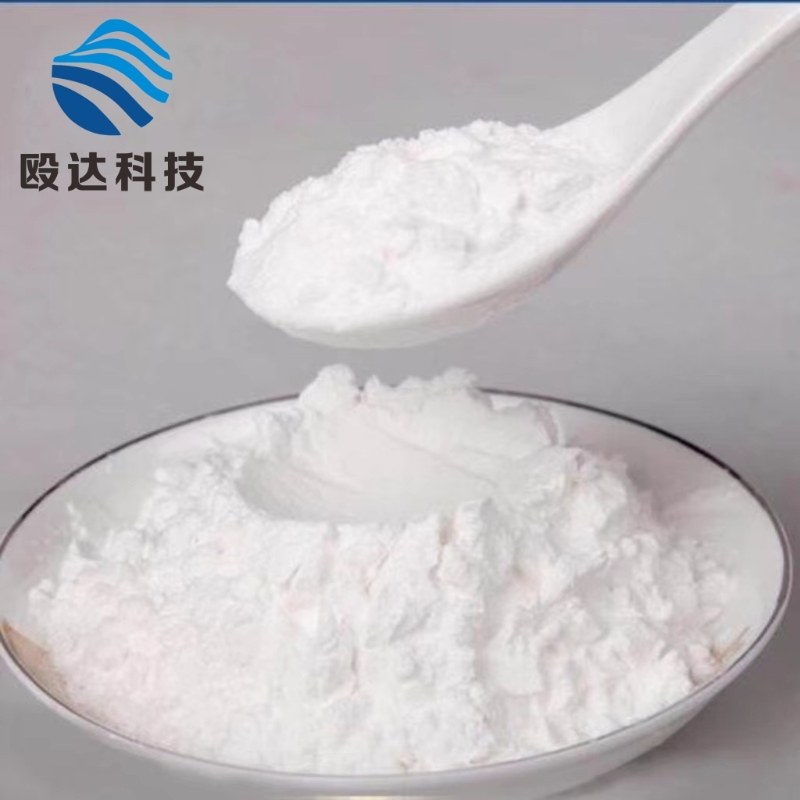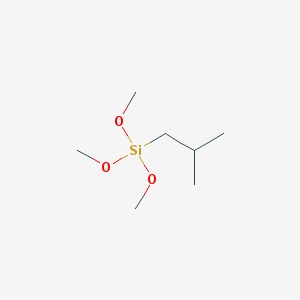-
Categories
-
Pharmaceutical Intermediates
-
Active Pharmaceutical Ingredients
-
Food Additives
- Industrial Coatings
- Agrochemicals
- Dyes and Pigments
- Surfactant
- Flavors and Fragrances
- Chemical Reagents
- Catalyst and Auxiliary
- Natural Products
- Inorganic Chemistry
-
Organic Chemistry
-
Biochemical Engineering
- Analytical Chemistry
- Cosmetic Ingredient
-
Pharmaceutical Intermediates
Promotion
ECHEMI Mall
Wholesale
Weekly Price
Exhibition
News
-
Trade Service
Vancomycin is an important antibiotic that is widely used to treat severe bacterial infections.
It is a glycopeptide antibiotic that is produced by the bacterium Streptomyces orientalis.
Vancomycin has a unique mechanism of action, in that it binds to the cell wall of bacteria and inhibits the synthesis of peptidoglycan, which is an important component of the bacterial cell wall.
This leads to the weakening of the bacterial cell wall, which ultimately results in the death of the bacteria.
There are several different synthetic routes to vancomycin, each with its own advantages and disadvantages.
One of the most commonly used synthetic routes is the "total synthesis" of vancomycin, which involves the synthesis of all of the individual components of the molecule and their subsequent assembly into the final product.
This approach has been successful in the synthesis of small quantities of vancomycin for research purposes, but it is not practical for large-scale production due to the complexity and cost of the synthesis.
Another approach to the synthesis of vancomycin is the "semisynthetic" route, which involves the synthesis of some of the individual components of the molecule and their subsequent assembly with naturally-occurring components.
This approach is more practical for large-scale production, as it allows for the use of more efficient and cost-effective synthesis methods for the synthesis of the individual components.
One example of a semisynthetic route to vancomycin is the route described below:
- The synthesis of the 3-amino-2,3,6-trideoxy-3-C-methyl-α-L-arabino-hexopyranosyl component of the molecule is initiated by the synthesis of the corresponding 3-amino-2,3,6-trideoxy-3-C-methyl-α-L-arabinofuranosyl component.
This is achieved through a sequence of chemical reactions that involve the protection and deprotection of the relevant functional groups, as well as the formation of the necessary glycosidic bonds.
The synthesis of this component can be achieved using a variety of methods, including the use of protecting groups, activated sugars, and other reagents. - The synthesis of the 4′-chloro[1,1′-biphenyl]-4-ylmethyl component of the molecule is initiated by the synthesis of the corresponding 4-chloro[1,1′-biphenyl]-4-ylmethylene component.
This is achieved through a sequence of chemical reactions that involve the reaction of the 4-chloro[1,1′-biphenyl]-4-ylmethylene component with a suitable nucleophile, such as an amine or thiol.
The synthesis of this component can be achieved using a variety of methods, including the use of reagents such as chloroformates or halides. - The synthesis of the phosphate component of the molecule is initiated by the synthesis of the corresponding phosphonic acid component.
This is achieved through a sequence of chemical reactions that involve the deprotection of the relevant functional groups and the reaction with a suitable phosphate source, such as phosphorous oxychloride.
The synthesis of this component can be achieved using a variety of methods, including the use of reagents such as phosphorous oxychloride or phosphorous sulfuric acid. - The synthesis of the 2000 words in chemical industry







